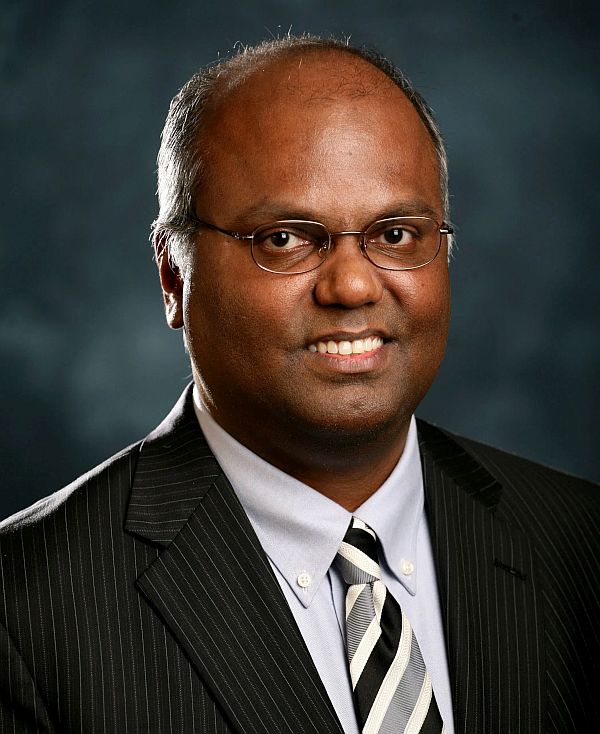Professors at the University of Houston's Cullen College of Engineering have received a $904,554 grant from the Office of Naval Research to procure equipment that will allow Micro-CT imaging, which utilizes x-rays to see inside of an object and will allow for significant improvements in the development of advanced materials.
The grant, “Micro-Computed Tomography (Micro-CT) for Non-destructive Evaluation of Advanced Materials and Devices for Defense Applications,” was approved in September. According to Dr. Venkat “Selva” Selvamanickam, the M.D. Anderson Chair Professor of Mechanical Engineering, the imaging equipment will be delivered in March and installed in April.
Micro-CT works similar to hospital CT or CAT scans. However, it typically works at a much finer resolution, and without destroying the sample. Micro-CT is also known as microtomography or micro computed tomography.
According to Selva's proposal, Micro-CT combines x-ray absorption imaging with a single or multiple axes goniometer, advanced 2D solid state detectors and advanced x-ray sources to obtain a sequence of position-dependent images or frames. Based on the knowledge of spatial orientation of each frame, a 3D image of a sample under investigation can then be computed, based on reconstruction of the original 2D frames into a 3D map.
In the awarded proposal, Selva identified seven different application areas that Micro-CT equipment would help the research at the University of Houston. Some specific uses for the Micro-CT highlighted by Selva included as a characterization tool for the development of high-performance superconductor wires and high-energy density and safer lithium solid-state batteries; as an education tool for quality assurance and control manufacturing; and to optimize smart thermal sensors.
